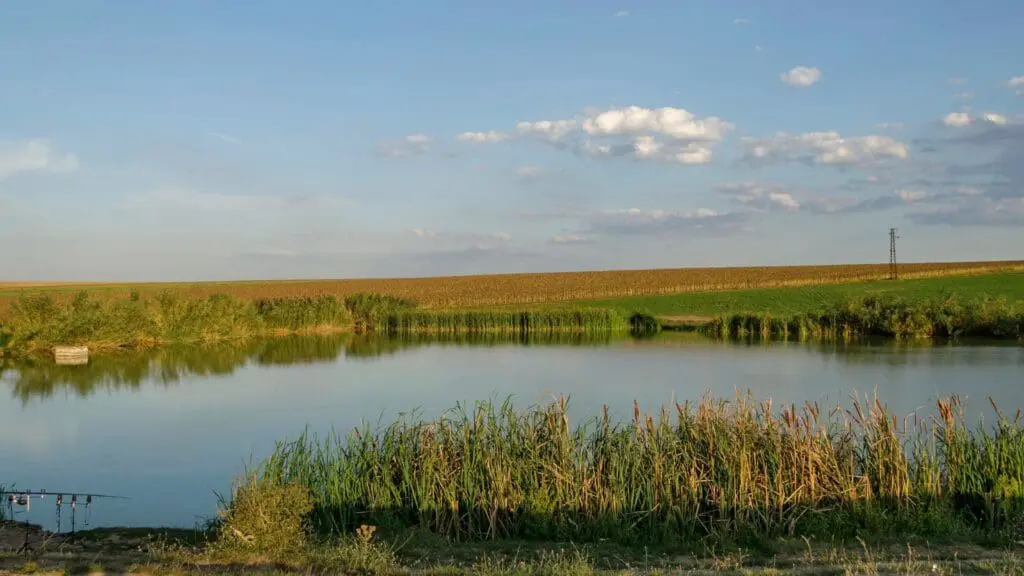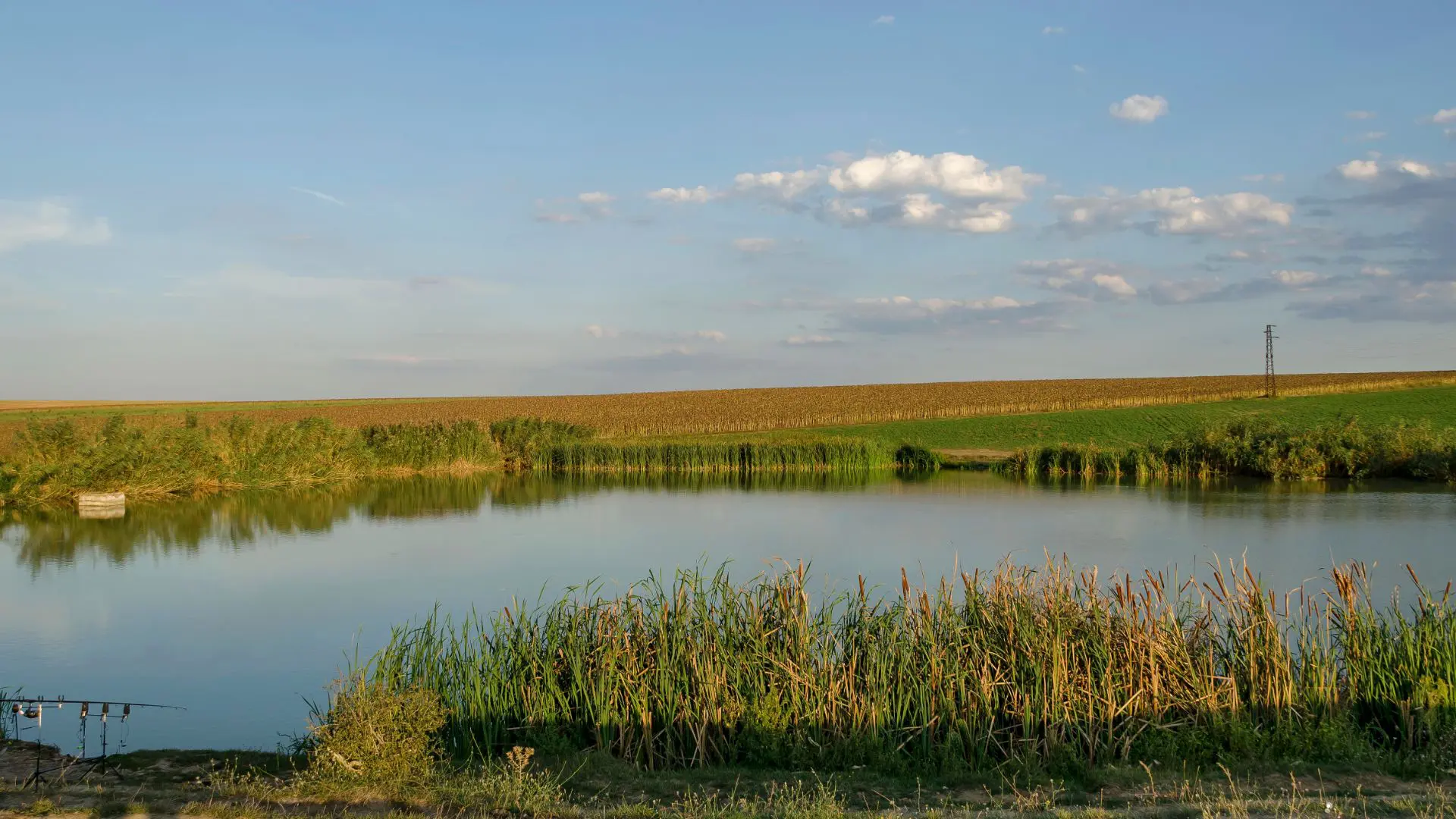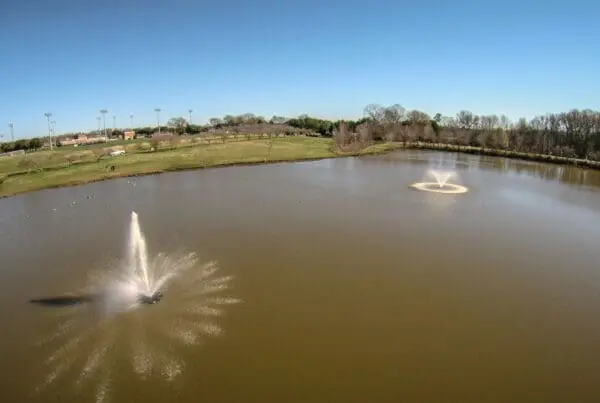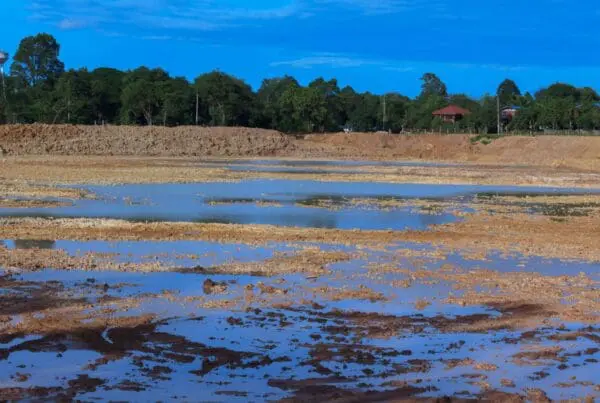Stocking a pond is not just about adding fish; it’s about creating a balanced ecosystem where every species can thrive. Whether you’re interested in recreational fishing or simply want to enhance the biodiversity of your property, properly stocking your 1/4 acre pond is crucial. In this blog, we’ll explore expert strategies and fish options that will help you achieve a vibrant, healthy pond.
Assessing Your Pond
Before introducing any fish, it’s essential to understand the specific characteristics and conditions of your pond. The size and depth of your pond play a significant role in determining what types of fish it can support. For a 1/4 acre pond, the depth should ideally vary between 6 to 12 feet to provide adequate habitat diversity. Water quality is equally important. Parameters such as pH, dissolved oxygen levels, and temperature need to be within suitable ranges for the fish species you plan to introduce.

Habitat Assessment
The existing vegetation and structure within your pond can significantly influence its suitability for different fish species. Aquatic plants offer shelter and breeding grounds, while rock piles and submerged logs can create hiding spots. Assess whether your pond already has a balanced amount of vegetation or if additional planting is necessary.
Goals and Objectives
Clarify your goals before proceeding with stocking. Are you aiming for a recreational fishing pond? Do you want to create a wildlife habitat? Defining your objectives will guide your choices regarding fish species and stocking rates. Decide on the kind of fish population you desire, whether it’s a single-species environment or a mixed-species habitat.
Fish Species Selection
Selecting the right fish species is pivotal for the success of your pond. Here’s a closer look at some popular and effective options for 1/4 acre ponds. For small ponds, it’s generally best to stick with species that are well-adapted to confined environments. The stocking density will depend on the specific fish chosen, but overstocking should be avoided to maintain water quality and ensure that each species has enough resources.
Popular Fish Options
Largemouth Bass: A favorite among anglers, largemouth bass are known for their aggressive nature and are excellent for controlling smaller fish populations. They thrive in ponds with abundant forage fish.
Bluegill: These fish are prolific breeders and serve as an essential prey species for larger predators like bass. Bluegills help control insect populations and contribute to a balanced pond ecosystem.
Channel Catfish: Hardy and adaptable, channel catfish are bottom-dwellers that add diversity to your pond. They can tolerate a wide range of water conditions and provide excellent fishing opportunities.
Fathead Minnows: Often used as forage fish, fathead minnows reproduce quickly and provide a steady food source for larger predatory fish. They are particularly beneficial during the initial stocking phase.
Supplemental Species
Redear Sunfish: Known for their ability to control snail populations, redear sunfish, also known as shellcrackers, are a great addition to ponds with high snail activity. They coexist well with other species like bluegill and bass.
Grass Carp: These herbivorous fish help manage aquatic vegetation, preventing overgrowth that can choke out other species. However, they should be used sparingly to avoid excessive vegetation removal.
Considerations for Diversity
A mixed-species pond offers several benefits, including a more complex food web and a balanced ecosystem. However, it also presents challenges such as potential competition for resources and the need for more intensive management. Careful planning and monitoring are essential to ensure all species coexist harmoniously.
Stocking Strategies
Timing, scheduling, and proper introduction techniques are critical for successful pond stocking. Spring and fall are generally the best times for stocking fish, as water temperatures are moderate, and fish are less stressed. Staggered stocking schedules can help maintain balance; for instance, introducing forage fish first allows them to establish a population before adding predatory species.
When introducing fish to your pond, acclimate them gradually to minimize stress. Place the transport bag in the pond for about 15-20 minutes to equalize temperatures. Open the bag and allow fish to swim out on their own. This method helps reduce shock and promotes a smoother transition.
Monitoring and Maintenance
Regular monitoring is crucial to ensure a healthy pond environment. Keep an eye on fish health and population dynamics. Look for signs of disease or stress, such as abnormal swimming patterns or visible lesions. Adjust stocking rates based on observations to maintain a balanced ecosystem.
Managing Fish Populations
Overpopulation can lead to poor water quality and stunted growth. Implement measures to control fish numbers, such as selective harvesting or introducing predatory species. Maintain a balanced predator-prey relationship to ensure sustainable population levels.
Enhancing Pond Habitat
Creating a conducive habitat is just as important as selecting the right fish species. Aquatic plants play a vital role in pond ecosystems by providing oxygen, shelter, and breeding grounds. Select beneficial plants like water lilies, cattails, and pondweeds. Monitor plant growth regularly to prevent invasive species from taking over. If necessary, manually remove or use herbicides to control unwanted vegetation.
Adding structures such as fish shelters, rock piles, and spawning areas can significantly improve habitat quality. Fish shelters provide hiding spots for smaller fish, protecting them from predators. Varied depth zones and bottom structures create diverse habitats that cater to different species’ needs.
Water Quality Management
Maintaining good water quality is crucial for a healthy pond. Aeration systems can help increase dissolved oxygen levels, especially in deeper areas where stagnation can occur. Regularly test water parameters and take corrective actions as needed. Managing nutrient levels is essential to prevent algae blooms, which can deplete oxygen and harm fish.
Examples Cases
Examples provide valuable insights into effective pond stocking strategies.
Example Projects
In one successful project, a landowner transformed an underutilized 1/4 acre pond into a thriving fishing spot by carefully selecting and introducing largemouth bass and bluegill. The pond was monitored regularly, and supplemental feeding was introduced to support fish growth. Within a year, the pond became a popular fishing destination for friends and family.
In another case, a residential pond suffering from excessive algae growth and poor water quality was revitalized by introducing grass carp and fathead minnows. The grass carp controlled the overgrown vegetation, while the minnows provided a steady food source for other fish. Improved water quality and balanced fish populations were observed within months.
Lessons Learned
From these projects, several key lessons emerge. Thorough assessment and planning are essential for successful pond stocking. Using a combination of species can yield better results than relying on a single type of fish. Ongoing maintenance and monitoring are crucial to sustaining a healthy pond environment.
Tips for Successfully Stocking a 1/4 Acre Pond
Stocking a 1/4 acre pond requires careful planning, the right choice of fish species, and ongoing management to ensure a balanced ecosystem. By following expert strategies and selecting appropriate fish, you can create a vibrant, healthy pond that serves as a valuable asset to your property. Remember, the key to successful pond stocking lies in understanding the unique characteristics of your pond, choosing compatible fish species, and implementing proper stocking and maintenance practices. With the right approach, your pond can become a thriving habitat for fish and other wildlife, providing enjoyment and ecological benefits for years to come.
Contact us today for all your pond maintenance needs! Our team of experts at Pond Medics are dedicated to keeping your pond clean and healthy year-round. We offer a wide range of services including regular cleaning and maintenance, equipment installation and repair, water testing, algae control, and fish care. Our goal is to provide personalized solutions for each unique pond, ensuring that it remains a beautiful and thriving ecosystem.




